These past few months, I saw people asking more and more questions about Suica and Pasmo, the famous IC cards used in Japan for transportation (and more). Before the worldwide chip shortage, there was no doubt about what card to buy, and most travelers got the Suica card which is the most common. But as Suica is getting more difficult to find in Japan, people are looking for other options, like Pasmo, and need to know if it is better, or at least, equivalent. This is why I decided to help clear out the few differences between both.
Suica and Pasmo can be used interchangeably for transportation in Japan. They work the same way, and the major difference between both is that they are issued by different companies and sold at different stations. It is not possible to say that one is better than the other.
I see lots of people having a hard time understanding these IC cards, so let me explain to you what you need to know about them and how you can use one of these cards on your next trip to Japan (even if they are getting difficult to find these days).
What is Suica?
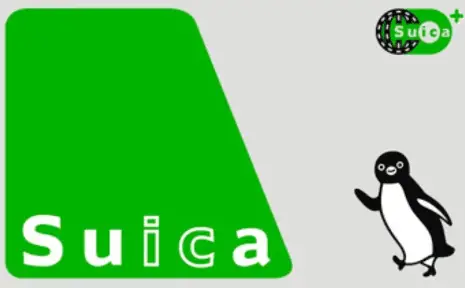
Suica is a contactless smart card created in November 2001 by East Japan Railway Company (JR East) to make transportation easy. It is also used for shopping, coin-lockers or to buy things from vending machines. It can be reused over an extended period because you can charge the balance as you go.
The Suica card was initially used only in the JR network (railways and buses), but it was widely accepted and can now be used for the subway network, which is not operated by JR East.
This card is simple to use and very convenient to move around major cities, especially when you know that public transportation is usually crowded and you must move fast. To use your Suica, you just have to tap the card reader at the ticket gates or vending machines, for example.
When using it for transportation, you tap the card at the entrance gate, board the train, and tap it again at the exit gate. The fare will be automatically calculated and deducted from the card’s balance. At the exit gate, you can even see the balance left.
Hey, check out these recommendations I have for you!
Before going any further, take a look at some of the recommendations I've handpicked for you. I think these are essential items you should have on your trip to Japan. You can check them out and buy them directly from Amazon.
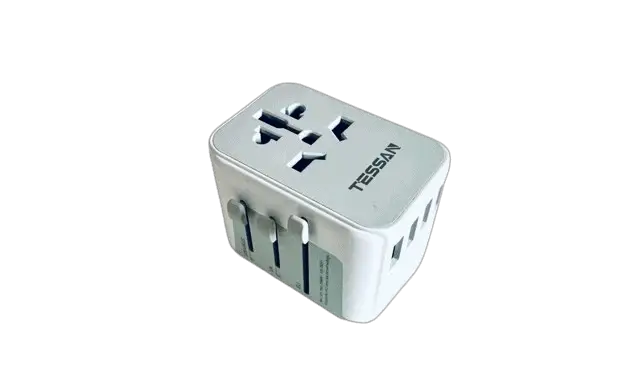
|
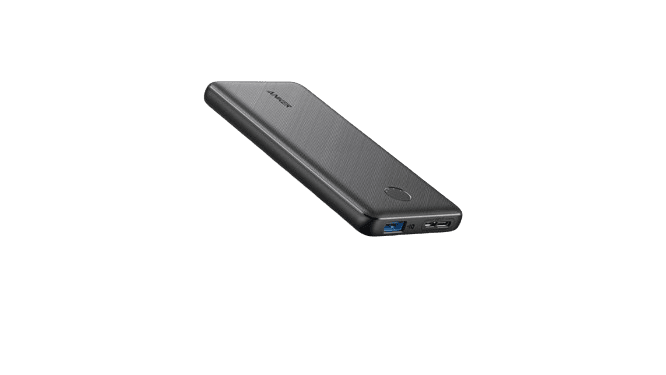
|

|
| A universal travel adapter | A 10,000 mAh power bank | A travel adapter and converter |
Although Suica is operated by JR East and was initially used only in the area managed by this company, it can be used in other regions of Japan that are operated by other companies (and have their own IC cards). To know where you can use your Suica card, you have to search for the “Suica” logo or the “IC” logo.
This card is a must-have on any trip to Japan, and it makes transportation much easier, especially when you go for the first time. As you probably already know, Japan’s public transportation is really effective, but it is also very overwhelming for tourists, and I cannot recommend a Suica Card enough to have peace of mind when using public transportation.
Insider tips for your Japan trip. Quick, easy, and free!
I Want This
What is Pasmo?

Pasmo is a contactless smart card created in March 2007 by a group of local railway and bus operators in response to the Suica card. It is used for transportation and shopping, as well as vending machines and coin-lockers.
Since Pasmo allowed interoperability between various transportation networks like subways, local buses, and private railways within the Tokyo Metropolitan area, it was quickly accepted and gained popularity in Japan.
Just like Suica or any other IC card, Pasmo is really easy to use. You tap the card at the entrance gate and again at the exit gate. The fare will be automatically calculated and deducted from the card’s balance. It can be simpler than that.
Pasmo can also be used in other areas of Japan that are operated by other companies, but you will see Pasmo cards more frequently in the Tokyo Metropolitan area.
You may also like:
Is Welcome Suica Worth it?
What’s The Difference Between JR Pass and Suica Card?
What Should I Book in Advance For Japan?
Suica vs. Pasmo
There is no considerable difference between Suica and Pasmo. They have the same characteristics and work the same way, but they are issued by different companies. The reason why you have heard more about Suica than Pasmo is that Suica was created first, and it is usually the one recommended for tourists. But Pasmo is becoming a better option during the worldwide semiconductor shortage. Indeed, since they can no longer make more Suica cards, the stocks are almost empty, and you can only find Pasmo cards (at least for now).
If you are planning a trip to Japan, you can try to look for Pasmo, if Suica isn’t available. At the time of writing, sales in Japan were temporarily suspended for both cards, but you can still find some online on Klook or Japan Experience. Just be fast, because even the resellers that still have a few are going to be out of stock soon.
To help understand the difference between Suica and Pasmo, I created the table below. As you will see, there is no huge difference.
| Suica | Pasmo | |
| Issued by | JR East | Pasmo Council (group of railway and bus operators) |
| Expire after | 10 years | 10 years |
| Deposit | 500 yen (refunded when you return the card) | 500 yen (refunded when you return the card) |
| Balance refund | Can be refunded | Can be refunded |
| Refund fee | 220 yen | 220 yen |
| Design | Green card with a penguin | Basic card with a pink Pasmo logo |
| Online purchase | Can be purchased online | Can be purchased online |
| Balance limit | 20,000 yen | 20,000 yen |
| Mobile App | Available (only in Japanese) | Available (only in Japanese) |
| Mobile version | Only for iPhone (Apple Wallet) | For iPhone and Android (Apple Wallet and Google Pay on Japanese phones) |
| Version for tourists | Yes (Welcome Suica) | Yes (Pasmo Passport) |
Suica and Pasmo are good transportation cards to be used in Tokyo and other cities, but be careful because they cannot be used on the Shinkansen (the famous high-speed train). For the Shinkansen, it is better to use a Japan Rail Pass or buy individual tickets.
Now that you understand what Pasmo and Suica cards are, let’s see how to use them on your phone.
Klook.comCan I use Pasmo or Suica on my Phone?
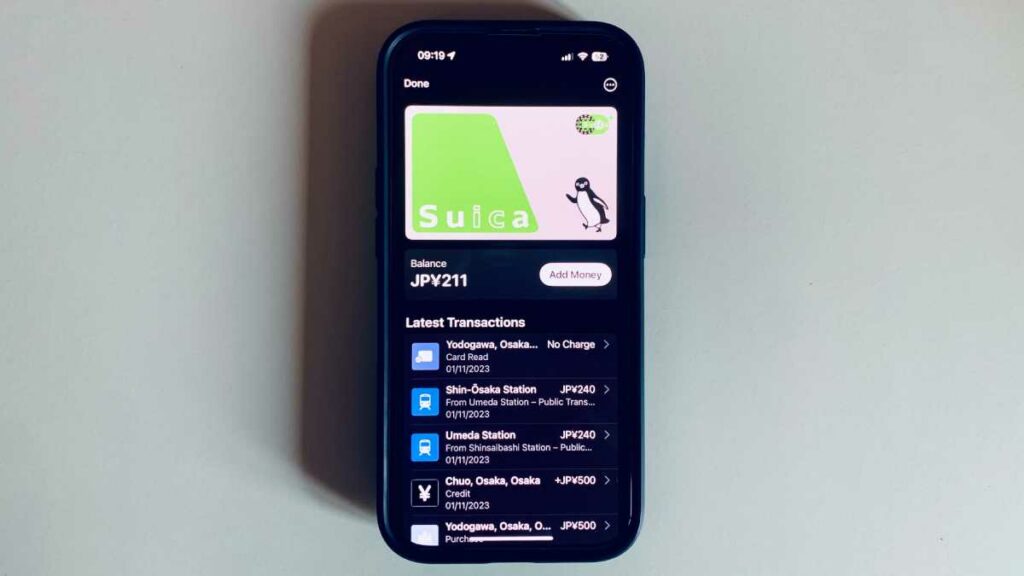
©Ana Costa
Pasmo and Suica cards can be used on their digital version on smartphones using the mobile app of each card. Suica can also be added directly to the Apple Wallet, while Pasmo can be added to both Apple Wallet and Google Pay, but only on Japanese smartphones.
Good news for iPhone users struggling to find a physical Suica or Pasmo! (Suica is out of stock almost everywhere, but Pasmo is still available from some resellers online). These cards can be bought directly from the Apple Wallet and are ready to go. Unfortunately, Android users won’t have this possibility due to hardware restrictions. iPhones have the same hardware all over the world, but Android phones are not the same in Japan and in the rest of the world. There’s a component needed to use a digital Suica or Pasmo that is only present on Japanese smartphones.
I tried to download the Suica and Pasmo apps on my iPhone, but they are only in Japanese, and it is very difficult to try to use these apps.
Dreaming of Japan? Here’s your go-to guide for a great trip.
Download Free Guide
Luckily, my iPhone is compatible and can use Suica or Pasmo cards (and even Icoca) directly from the Apple Wallet. You just need to have an iPhone 8 or later with the latest iOS version.
Here are the steps to add a Suica or Pasmo to Apple Wallet:
- Open Apple Wallet and tap the button “+”
- Select “Travel Card”
- Scroll down to the “Japan” section and choose one of the cards available
- Tap the “Continue” button
- Choose the amount you want on the card and tap “Add”
- Agree to the “Terms and Conditions” and pay the amount with your registered bank card
- The card is added to the Wallet and ready to use
Feel free to check my full guide on how to add mobile Suica to your iPhone if you need a detailed step-by-step guide.
If you don’t have at least an iPhone 8, you can’t buy Suica or Pasmo cards from the Apple Wallet, and you have to buy them in Japan or online (if you still can find one). If you are planning to switch to an iPhone, this is the best time to do it because prices are going down due to the new iPhone release and Amazon has plenty of previous models available).
What are Welcome Suica and Pasmo Passport?
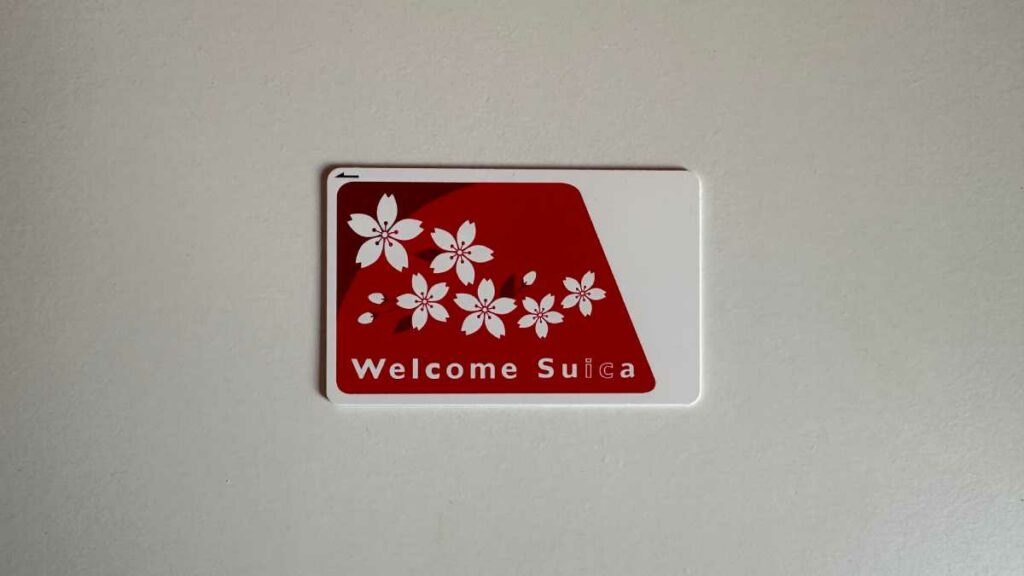
©Ana Costa
Welcome Suica and Pasmo Passport are the IC card versions destined for tourists visiting Japan. They are used for transportation, shopping, vending machines, and coin-lockers, just like regular IC cards, but they are only valid for 28 days, and they don’t have a deposit fee. The balance left on the cards cannot be refunded.
I already wrote an article about Suica and Welcome Suica, so I’m not going to detail the differences here. Feel free to read Is Welcome Suica Worth it? to understand how both cards work and which one is best for you. Pasmo Passport is the equivalent of a Welcome Suica.
Anyway, during the semiconductor shortage, you are more likely to find a Welcome Suica in Japan (even if they are getting hard to find too) than a regular Suica. And the same is valid for the Pasmo Passport. Since everyone bought mainly regular Suica when visiting Japan, these are the hardest to find. You can still find a Welcome Suica, but only at airports. Pasmo is also difficult to find, but Pasmo Passport might be your best chance during this semiconductor shortage.
And if you can’t find an IC card, and you don’t have an iPhone, you can always buy other passes to make transportation easier in the cities like the Tokyo Subway ticket for 1, 2, or 3 days.
Klook.com
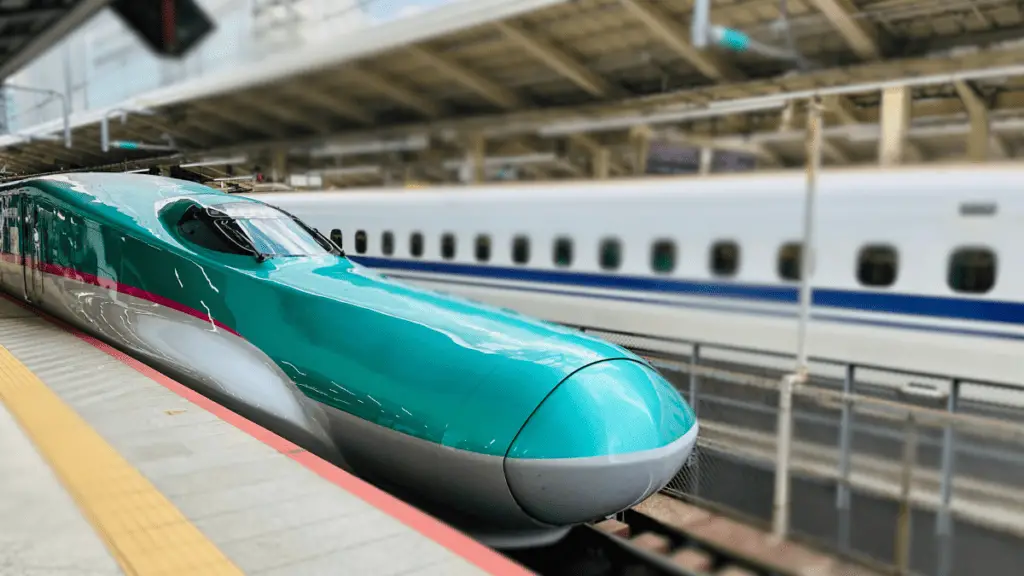

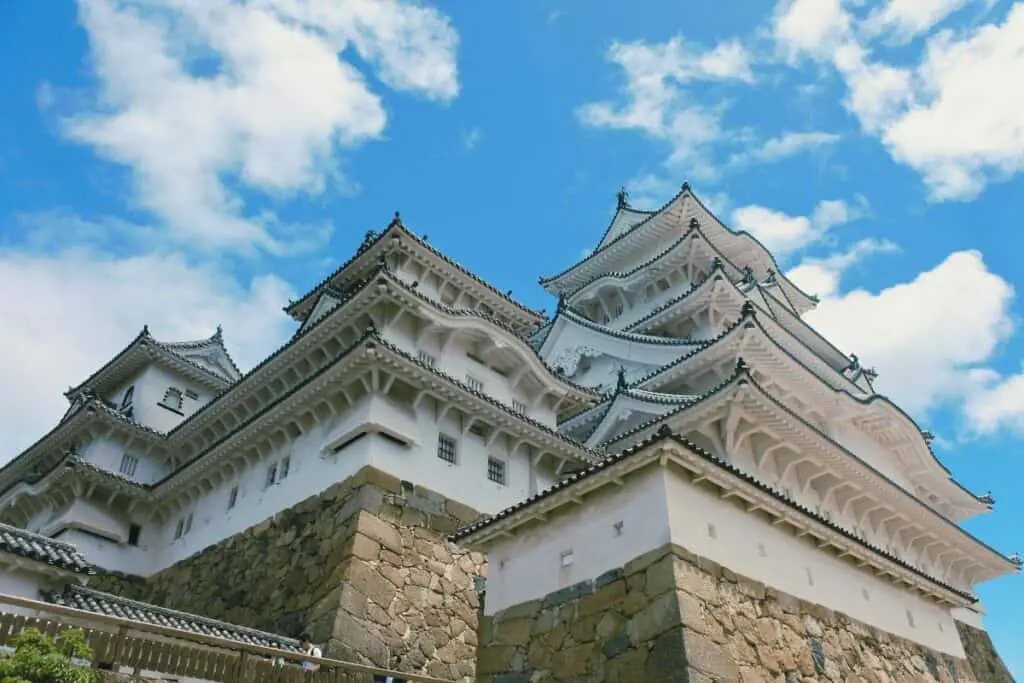
Thanks for the great tips. Quick question, if just visiting Tokyo and Kyoto, with also a day trip to Hakano from Tokyo, do you think a JR pass is worth it? Or just buy the Shinkansen tickets individually?
Hi Andrew,
Thanks for the feedback.
If you’re just visiting between Tokyo and Kyoto, plus a day trip, the JR Pass won’t be worth it. It is better to buy individual tickets for your itinerary.
Have a nice trip!
Ana